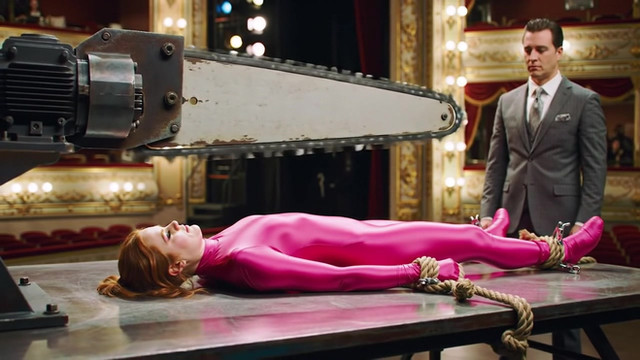HOME | DD
 withinamnesia — 20TP wz. 1930
withinamnesia — 20TP wz. 1930

#10 #1930 #30 #338 #57 #79 #armament #armour #ckm #coaxial #design #ease #era #from #gun #gunner #gunners #historical #hotchkiss #hull #layout #liberty #loader #machine #main #man #mass #mini #mm #modernized #octagonal #polish #power #production #profile #prussian #qf #rha #semi #specifications #standard #suspension #tested #timeline #turret #turrets #twin #up #war #ww1 #wz #gunto #6pounder #m1914 #7tp #l58 #1 #6 #8 #right #front #with #later #20tp
Published: 2019-05-03 18:26:02 +0000 UTC; Views: 1847; Favourites: 7; Downloads: 3
Redirect to original
Description
20TP wz. 1930 (Semi-Historical Design 1931-1932 Polish-Prussian War Timeline)
SPECIFICATIONS:
Armament:
- 57 mm QF 6-pounder Hotchkiss (WW1 era tested) L/58 with coaxial 8 mm Hotchkiss M1914 (right of main gun)[to be modernized later by the 7.9 mm Ckm wz. 30 machine gun]
- Twin 8 mm Hotchkiss M1914 front hull octagonal mini turrets [to be modernized later by the 7.9 mm Ckm wz. 30 machine gun]
Armour Profile:
- 30/20/10/10/10 mm RHA
Engine:
- 338 hp Liberty V-12 or a license copy of the Rolls Royce Petrol V-12 Eagle Mk. IX 360 hp
Weight:
- ~20 Tonnes
Power to Weight Ratio:
- ~16.9 hp / tonne with 338 hp Liberty V-12 (quick) or ~18.0 hp / tonne with a license copy of the Rolls Royce Petrol V-12 Eagle Mk. IX 360 hp (fast)
Suspension:
- Vickers Model E 6 ton type suspension (for ease of mass production up from the 7TP standard components).
Crew Layout:
- Commander, Gunner (Main Gun), Loader (3 Man Turret), 2 Hull Gunners (Twin Hull Machine Gun Octagonal; Mini Turrets), 1 Driver.
Notes:
"It's the naval 57 mm L/58; it also comes in L/40. I guess the idea would be for long range engagements as a trend of the times for the armour is not as good up close as it is say 1000 meters away (mostly flat terrain around Poland as well, this is tank is designed for the Polish eastern front not the Franco-Germanic western front). It can knock out any tank at the time; and at range (perhaps a bit over kill but at the time Poland had mostly tankettes and small caliber tank guns so perhaps the long 57 was chosen to end the drought of small tank guns; also perhaps some Slavic engineering influence due to increased military funding). But the 20TP wz. 1930 lacks city brawling ability. Thus the need for the 30TP developed two years later after lessons from the Siege of Konigsberg.(edited)
30/20/10/10/10 mm RHA is not good at close range for the time, but with ~16.9 hp / tonne (quick) and if the 20TP wz. 1930 keeps at range (the 57 mm L/58 offers a flat tragedy as to improve accurate at range making the shoots easy to hit at long range targets (armor penetration is not the major spelling point yet for the gun is aimed to knock out 10-30 mm of armour at 1000 meters). The 20TP wz. 1930 would be a great medium tank for the upcoming war in Prussia; with some reliability issues par the course with most all interwar tanks. The trouble is that most of the hard fighting is not long range (lessons learned later) and all of the major key points of operation are close in city brawling or in areas that are not all open. 1930's had many idealistic views on upcoming tank warfare, the British famously has 'fire on the move' doctrine for the tanks that was, not the best in practice." -Discord.


























